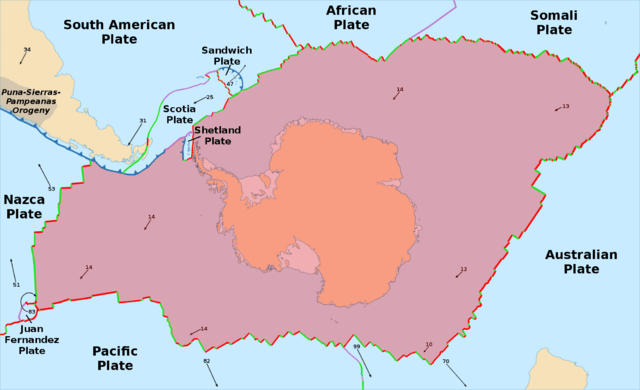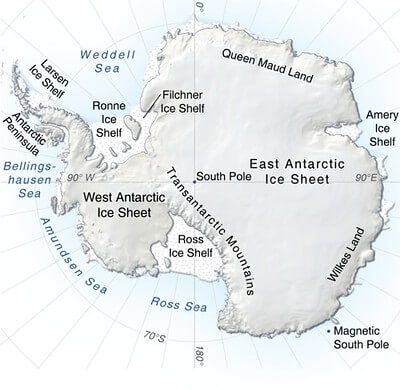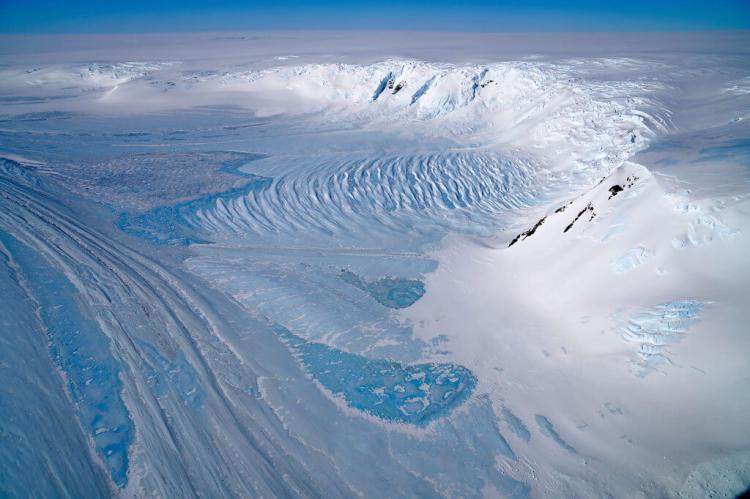The Antarctic Plate: Dynamics, Features, and Interactions
The Antarctic Plate, positioned beneath Antarctica and the Southern Ocean, plays a vital role in regional geological processes through diverse interactions with neighboring plates. Its movements, rotations, and the creation of new oceanic crust are instrumental in shaping the Antarctic landscape.
The Antarctic Plate
Dynamics, Features, and Interactions
The Antarctic Plate, a significant tectonic entity at approximately 60,916,000 square kilometers (23,519,000 square miles) beneath Antarctica and the surrounding Southern Ocean, plays a crucial role in shaping the geological landscape of the region. Delving into the distinctive features, movements, and interactions of the tectonic plate sheds light on the complex dynamics that influence its surroundings.
Tectonic Features
The Antarctic Plate boasts various tectonic features that contribute to the unique geological characteristics of the region. Among these, the Transantarctic Mountains, formed by the collision of the East and West Antarctic crustal blocks, stand out prominently. This collision has sculpted a dramatic landscape, influencing the continent's topography.
Subglacial Volcanoes and Rift Zones
Beneath the icy surface, the Antarctic Plate is home to subglacial volcanoes, with Mount Erebus being a notable active volcano. Mount Erebus contributes to the dynamic nature of the plate, reminding us of the hidden geological processes beneath the frozen expanse. Furthermore, the plate is part of the global mid-ocean ridge system, with the East Antarctic Rift Zone emerging as a prominent section. This rift zone plays a pivotal role in the plate's movement and creation of new oceanic crust.
Movements and Rotation
The Antarctic Plate exhibits distinctive movements that shape its overall dynamics. With a northwesterly motion of about 2.5 centimeters (1 inch) annually, the plate undergoes a clockwise rotation. This rotational movement influences the Transantarctic Mountains, causing them to shift eastward. Simultaneously, the East Antarctic Rift Zone facilitates the spreading apart of the plate, leading to the formation of new oceanic crust.

Map depicting the location of the Antarctic Plate.
Surrounding Plates and Boundaries
The Antarctic Plate is not an isolated entity; it interacts with several surrounding tectonic plates, each interaction contributing to the broader geological processes. To the west, the South American Plate forms a boundary marked by a subduction zone, where the South American Plate descends beneath the Antarctic Plate, creating the South Sandwich Trench. To the east, the Australian Plate's boundary with the Antarctic Plate is divergent, causing the plates to move apart and giving rise to the Southeast Indian Ridge.
Interactions and Plate Boundaries
The Antarctic Plate engages in diverse interactions with neighboring tectonic plates, each characterized by distinct boundary types:
-
Antarctic Plate - South American Plate Boundary: A subduction zone where the South American Plate is subducted beneath the Antarctic Plate. It resulted in the formation of the South Sandwich Trench.
-
Antarctic Plate - Australian Plate Boundary: A divergent boundary is where the two plates move apart. It created the Southeast Indian Ridge.
-
Antarctic Plate - Nazca Plate Boundary: A transform boundary where the Nazca Plate and the Antarctic Plate slide past each other horizontally.
Conclusion
The Antarctic Plate, with its complex tectonic features, movements, and interactions, plays a pivotal role in shaping the geology of Antarctica and the surrounding Southern Ocean. From the Transantarctic Mountains to the subglacial volcanoes and rift zones, the plate's influence extends beyond its icy surface, contributing to Earth's tectonic activity's dynamic and ever-changing nature. Understanding the intricacies of the Antarctic Plate provides valuable insights into the broader geological processes that shape our planet.

Topographic map of Antarctica.
